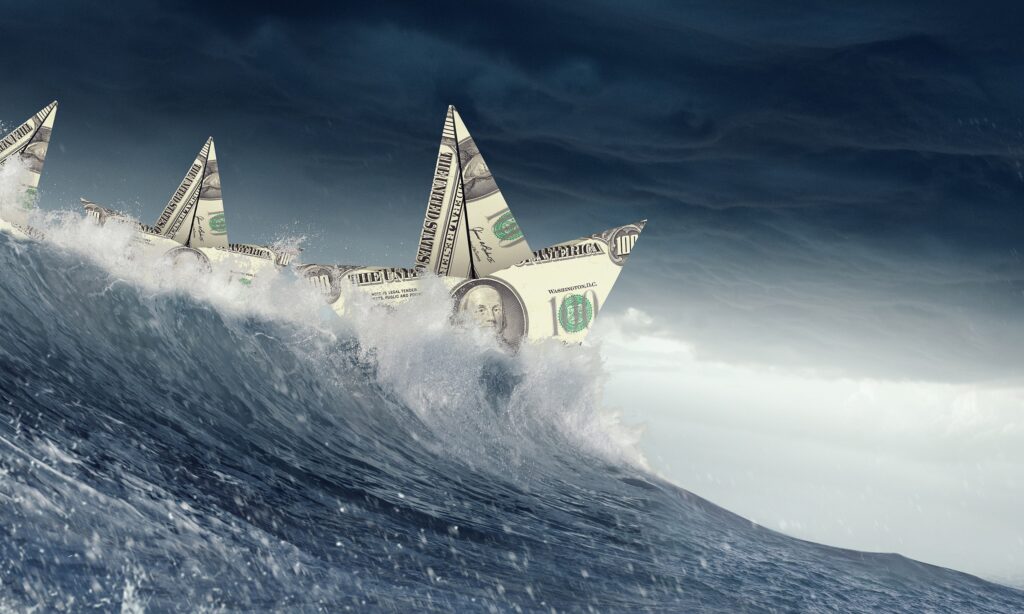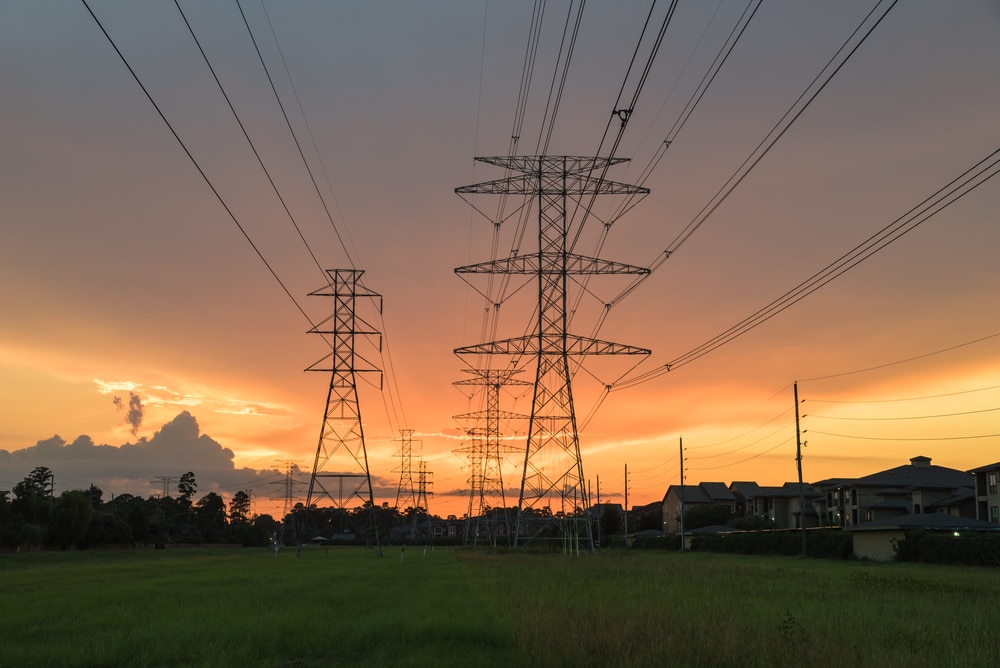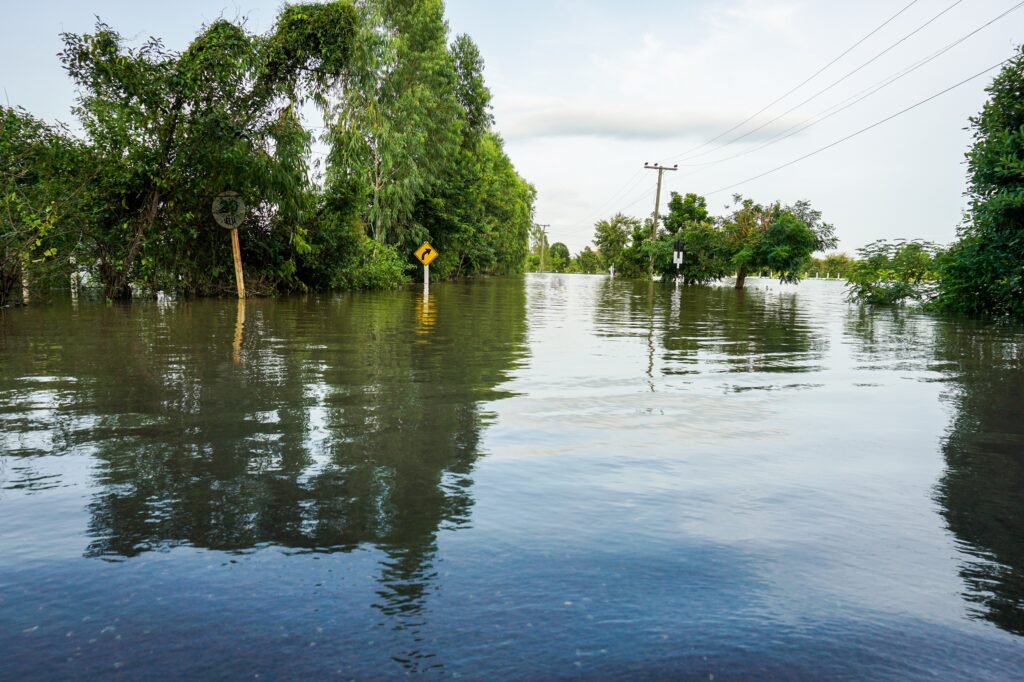Washington, D.C.’s Foolish Flavored-Tobacco Ban
Mayor Muriel Bowser signed into law a ban on the sale of all flavored tobacco products in the District of Columbia, the latest in a long line of bans limiting the sale of tobacco. Though noble in intent, lawmakers — on both sides of the aisle — who promote such bans fail to consider the pitfalls and consequences of prohibition, which we saw a century ago. Despite the illegality of producing, importing, transporting, and selling alcohol during Prohibition, people continued to drink, finding new, innovative ways to skirt the law — even though the safety of alcohol decreased. Alcohol prohibition came with a slew of unintended repercussions, ranging from the rise of illicit markets to the very real dangers of overcriminalization. We shouldn’t expect anything less from the prohibition of tobacco products.
The Food and Drug Administration (FDA) has acknowledged that tobacco products exist on a continuum of risk, with combustible products representing the highest health risk, and products such as e-cigarettes and snus sitting at the lower end. E-cigarettes divorce nicotine from combustion, and it is combustion, not nicotine, that makes combustible cigarettes so deadly. Reduced-risk products can help decrease exposure to harmful chemicals and encourage the transition away from deadly combustibles. For example, a study in the New England Journal of Medicine found that e-cigarettes were more effective for smoking cessation than nicotine-replacement therapy. Unfortunately, complete flavor bans at any level, such as the one in D.C., ignore this reality.
In one survey, about 40 percent of former and current adult smokers predict that removing flavor choices would make them less likely to remain abstinent or attempt to quit. Instead of wantonly banning these products, lawmakers should focus on tobacco harm-reduction policies by helping smokers who cannot or will not abstain switch to less-harmful products.
The outbreak of e-cigarette product use-associated lung injury in 2019 highlighted the health risks of prohibition. Caused by tainted, illicit THC cartridges, the outbreak affected states that prohibited recreational cannabis to a greater extent than those that legalized it. If the war on drugs has taught us anything, it is that product bans do not prevent use. People will “find a way” to access their preferred product, something that 50 percent of long-term e-cigarette users indicated they would do in the event of a ban. Indeed, bans merely disproportionally impact minority communities, make drug supplies more dangerous, and increase interaction with law enforcement.
On January 5, 2015, at a town council meeting in Ocean City, Md., city manager David Recor expressed that the “enforcement of smoking regulations will have to be ‘self-policed,’” indicating that hauling people off to jail for violating a vaping ban was not the planned approach. Yet on June 12, 2021, that is precisely what happened, when a black teenager was tased and arrested for vaping on the boardwalk. And though conventional political wisdom says to increase taxes on products to decrease consumer use, unbridled taxation often leads to increased interaction with law enforcement and proliferation of illicit markets. Consider the tragedy of Eric Garner, who was arrested on suspicion of selling untaxed “loosies” as a means to support his family in New York City — home to the most expensive cigarettes in the nation.
Regardless of the political tailwinds, both those in support of flavor bans and those against them actually agree on key principles. Both camps agree that combustibles are harmful to health, and their use should be reduced and eliminated. They also agree that youth should not use tobacco in any form. But prohibition has proven itself an enemy of public health; repeating history’s mistakes will help nothing, but it will harm much.







